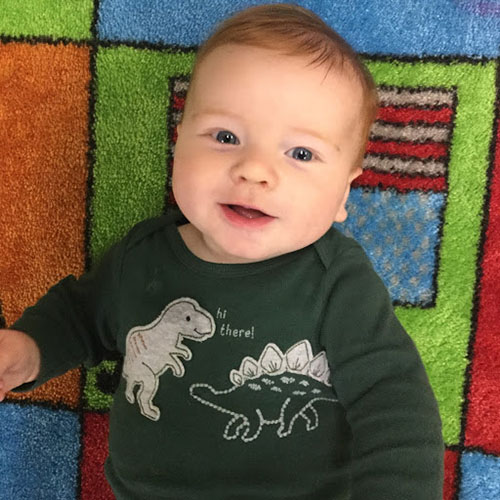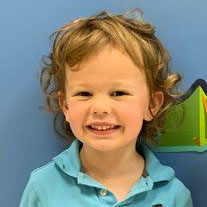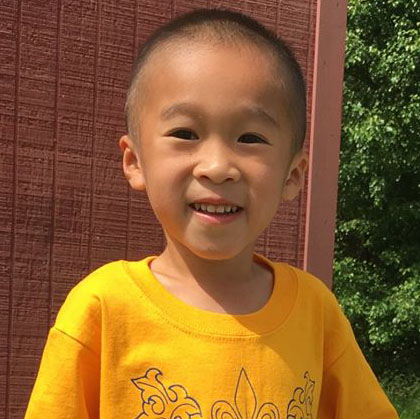The first five years in a child’s life are vital in building a solid foundation for strong development and learning. Since children learn more quickly during these formative years, capitalizing on their ability to absorb information can equip them for success and growth down the road.
Dual-language programs are a valuable tool in giving young students the skill sets they need to develop both academic and emotional skills. While some parents may be initially apprehensive about what a dual-language program entails, studies and anecdotal evidence show numerous benefits.
“Parents were incredibly excited about the idea of dual-language programming when it was first proposed, so we did a few sessions around immersion to give people more information, which built even more interest,” said Johanna Parker, director of innovation at Dare County Public Schools. “We were able to have classes at four out of five elementary schools our first year. We’re in our third year of implementation now, and the community support has been tremendous.”
The Dare County elementary schools with dual-language programs offer both 50-50 and 90-10 dual-language models, splitting instruction either 50 percent or 90 percent between Spanish and English. While some parents may be concerned students will fall behind in English skills without regular instruction, research shows dual-language students often go on to outperform their peers in English proficiency.
For Audra Krieg, parent of a dual-language student, she has firsthand experience with trusting the process.
“She understands not just Spanish, but also some aspects of English better. Because of the dual-language program, the way she reads is that she’s reading to understand instead of to just get through it,” said Krieg. “Watching her slow down with the things that she’s doing and internalize and study things rather than just trying to get it done has been one of the highlights of the program.”
While most parents like Krieg are excited about the potential of a dual-language program, some parents are more apprehensive. In Parker’s position, a few parents have approached her with concern in the past, but she assures them it’s all a key step in the learning process.
“Sometimes students will substitute the sounds of vowels or letters in Spanish in an English word, and parents will be concerned that they’re confused. But I always assure them, ‘No, no, that’s a good thing. They’re making meaning,'” said Parker. “They’ll sort all of that out later, but in the beginning, they’re just getting all this content, all this vocabulary, and then they’ll start to sort it out once they’ve had time to learn it.”
The research about dual-language immersion backs up Parker’s point. Even if children may initially be substituting sounds and pronunciations, by the time they reach sixth grade they’re likely to be classified as “English proficient” and have reading test scores above their peers.
Krieg was never skeptical of the program, but interested in how her daughter’s learning experience would change. In Krieg’s opinion, the school and instructors have been open and communicative from the beginning, helping her and her child make the transition smoothly.
“My advice to other parents would be to trust the process. It’s amazing from the very beginning, but it also feels a little bit scary. Other kindergarteners may be reading at a certain level or certain words you look at your child and they know them, but not in English,” said Krieg. “It’s all worth it in the end, but you have to slow down and trust the process.”
From her position on a district level, Parker echoed the same sentiments as Krieg.
“Learning another language is a process, and it can take five to seven years to become fully proficient — but honestly, with immersion, we see kids becoming proficient within two years, but every kid is different,” said Parker. “The teachers know that, so they have the expertise and skills to set kids up to be successful. Let your child go through the productive struggle of figuring it out, because that’s the real learning — the productive struggle is the learning.”
Krieg and her family often participate in mission trips to Mexico and knew having their daughter learn fluent Spanish would open up new opportunities for her. As the world grows increasingly connected through technology, the ability to communicate across cultures is a valuable skill.
Not only does a dual-language program help prime a child’s brain for further learning, but having another language in their arsenal sets them up for success in both their college and professional careers.
“If you can speak another language, that’s so many more people in the world that you can actually communicate with. If you ever needed help or if someone else needed help, you’re able to offer it just because you can speak their language,” said Krieg. “In the world today, communicating and communicating well is becoming such a huge part of how we’re evolving, as technology progresses and increases the amount of people we can communicate with. We were really excited that this program would open so many doors for her.”
Aside from the academic benefits of dual-language learning, the programs also have a tendency to build community. Since students are paired with the same class for the duration of their dual-language experience, children and parents tend to bond over the experience and time spent together.
Additionally, many of the teachers of dual-language programs help facilitate strong relationships inside and outside of the classroom.
“The teachers really build this sense of community. I know that other people have actually gone to Colombia or Peru or different places where their teacher lived and have gotten to meet their family members and things like that. That’s just such a neat aspect of it,” said Krieg. “Then with the dual-language immersion parents, I think because you have that same class, your child will be with the same kids every year. It does become a little bit more like a family.”







